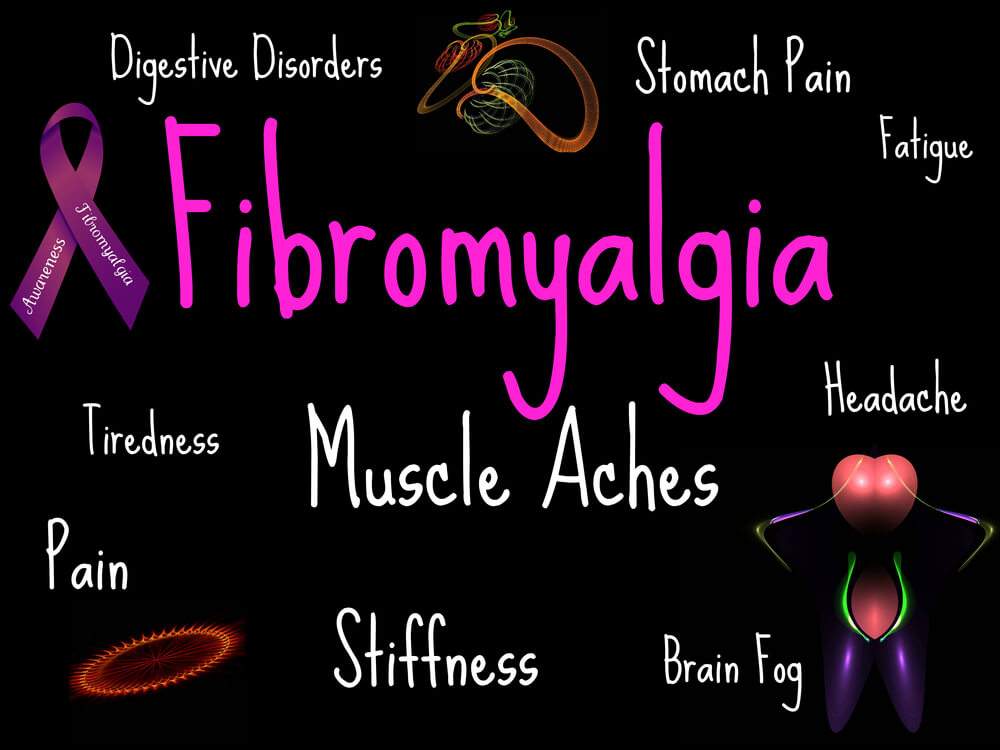Over the last years, there have been a lot of discussions on fibromyalgia. With a countless number of clinical studies and recent medical advances, those discussions have evolved from questioning the existence of this disease to exploring the most effective ways of its treatment. Nowadays, all doctors say that fibromyalgia pain is real and leaves no room for confusion. That said, it is fraught with many grave problems, such as potential complications and higher risks for patients with rheumatic conditions.
As terrible as it sounds, fibromyalgia and rheumatoid arthritis (RA) often go together. In many cases, doctors have a hard time distinguishing between the two, which contributes to the rate of misdiagnosis. Given all the similarities in the symptoms of fibromyalgia and RA, this comes as no surprise.
No matter what your diagnosis is, it all comes down to finding the way to improve your quality of life and root out the possibility of its worsening. Unfortunately, the search for a fibromyalgia cure continues, leaving patients no other option but to manage manifestations of the disease. But what exact manifestations will you have to deal with? And what is the best treatment for fibromyalgia if it is worsened by rheumatic conditions? Let’s face facts and find out.
Fibromyalgia symptoms, prevalence and causes

In medical terms, fibromyalgia is a condition associated with increased response to pressure and moderate-to-severe chronic pain. In the U.S., an estimated 10 million patients are currently suffering from joint and muscle pain, tiredness, and sleep disorders triggered by this disease. Most of them are women aged from 40 to 85. People who have it report multiple fibromyalgia pain points (also known as tender points) which may spread pain all over the body when pressed.
Other than chronic pain and insomnia, the most common fibromyalgia symptoms include:
- burning sensation;
- muscle tightness and twitching;
- long-term fatigue;
- restless legs syndrome;
- concentration and memory problems;
- anxiety and depression;
- loss of appetite;
- PTSD.
As of 2018, it remains a mystery as to what causes this disease, which is why doctors are frequently bombarded with hypothetical questions. What is beyond doubt is that fibromyalgia is about negative changes in the individual’s central nervous system that affect the way pain signals are being processed. Those changes are believed to be brought about by a combination of aggravating factors. For instance, people who are under severe stress, going through some psychological trauma, having infections or living with such conditions as RA are way more likely to end up being diagnosed with fibromyalgia. Many studies show that this disease frequently goes with rheumatic disorders because the latter ones undermine the autoimmune system and trigger abnormal pain response.
The risk of fibromyalgia development is even higher if there is a genetic basis. A history of the disease in your family may be one of the factors which cause it. It’s a fact that inherited features may take their toll, leading to a lower pain threshold and enhanced sensitivity.
Fibromyalgia treatment options

As a rule, patients with fibromyalgia are prescribed with lots of different medicines. Depending on your symptoms, your treatment plan may be made up of:
- pain relievers to help with muscle tightness, burning sensation, and sleep problems;
- antidepressants to reduce fatigue, ease chronic pain, and relieve anxiety;
- anticonvulsants to treat RLS and prevent seizure disorders.
When combined with physical therapy, those pills may indeed be effective for the treatment of fibromyalgia. However, you will have to take them for the rest of your life. Many believe it’s their only option and bow to the inevitable, joining to local fibromyalgia help groups and trying to find psychological support along the way.
The good news is that you have more options to choose from. PEMF therapy is now deemed to be one of the most promising new treatments for fibromyalgia. In a nutshell, it is aimed at improving your defense system, joint mobility, and cell functioning by fine-tuning the electromagnetic frequency of your body. It is a non-invasive treatment method that allows you to turn all the features of magnetic field stimulation to your advantage.
If you want to experience fibromyalgia pain relief without drugs and side effects caused by their long-term use, take a closer look at PEMF devices from ALMAGIA International®. For example, the innovative ALMAG-02 machine is proven to boost the immune system, improve sleep, enhance the joint mobility, and reduce signs of inflammation. The device can also dramatically speed up healing processes in your body. In other words, it’s all you need to start living a pain-free life!

